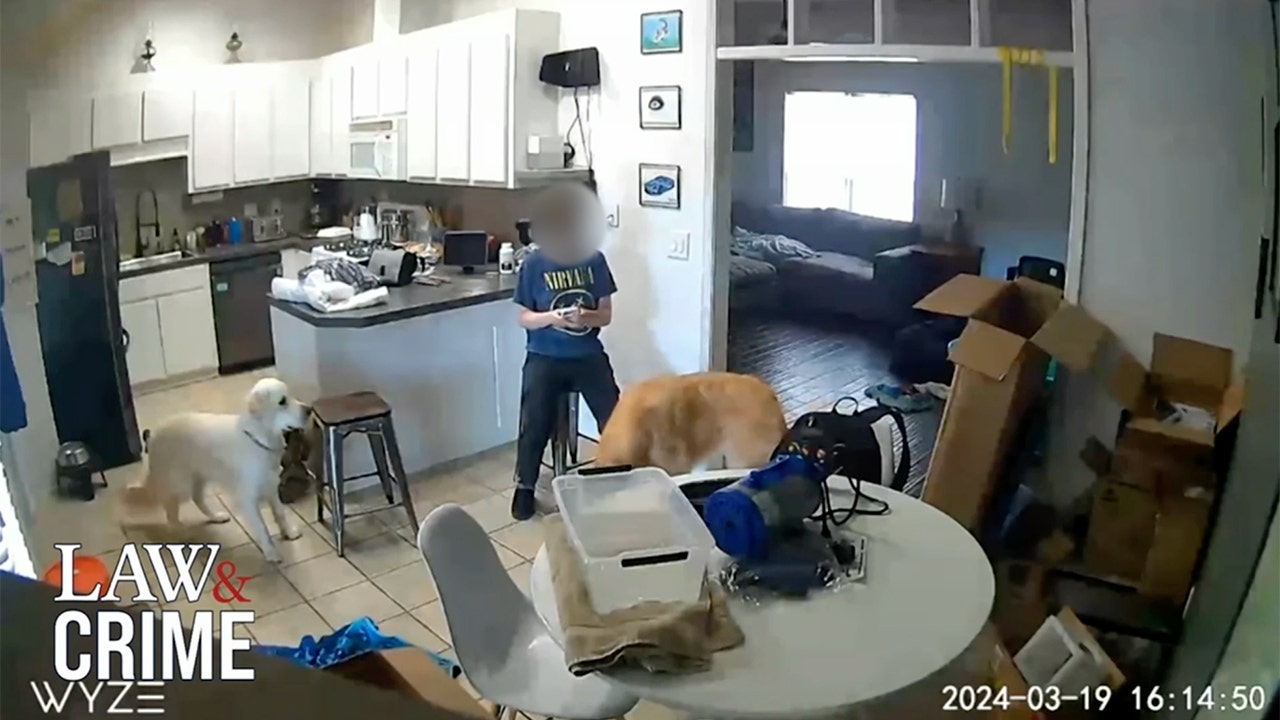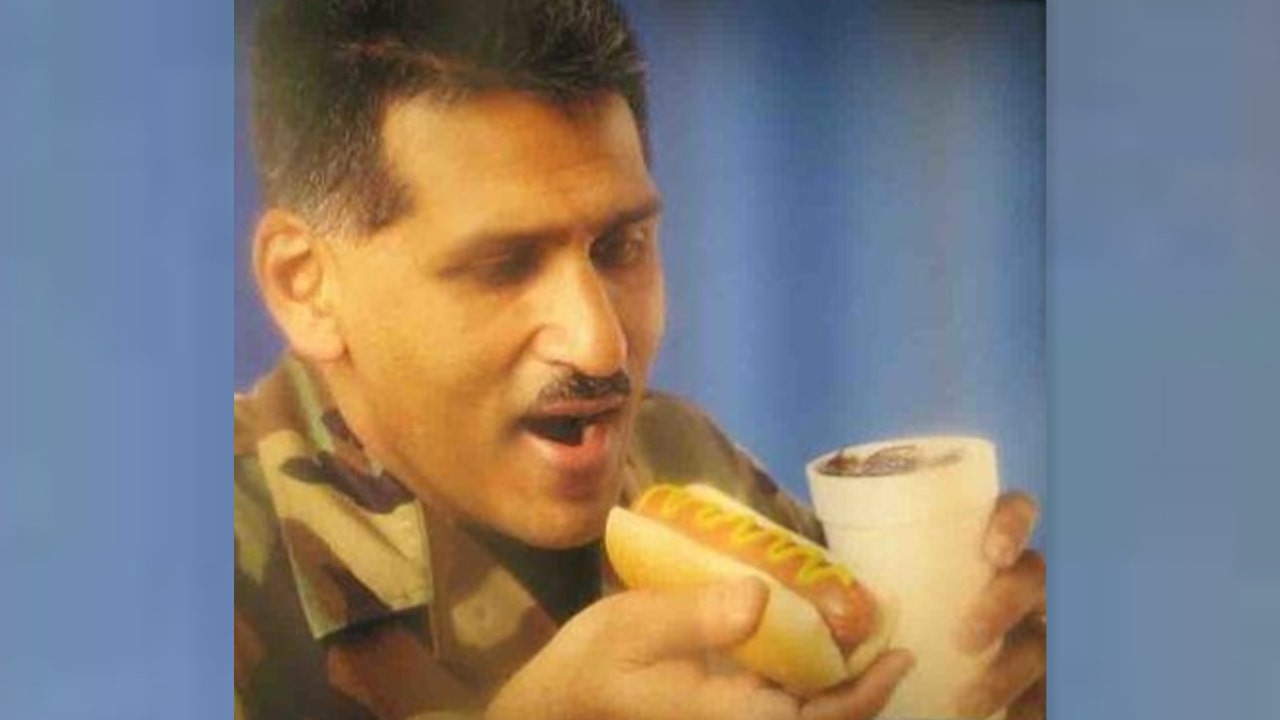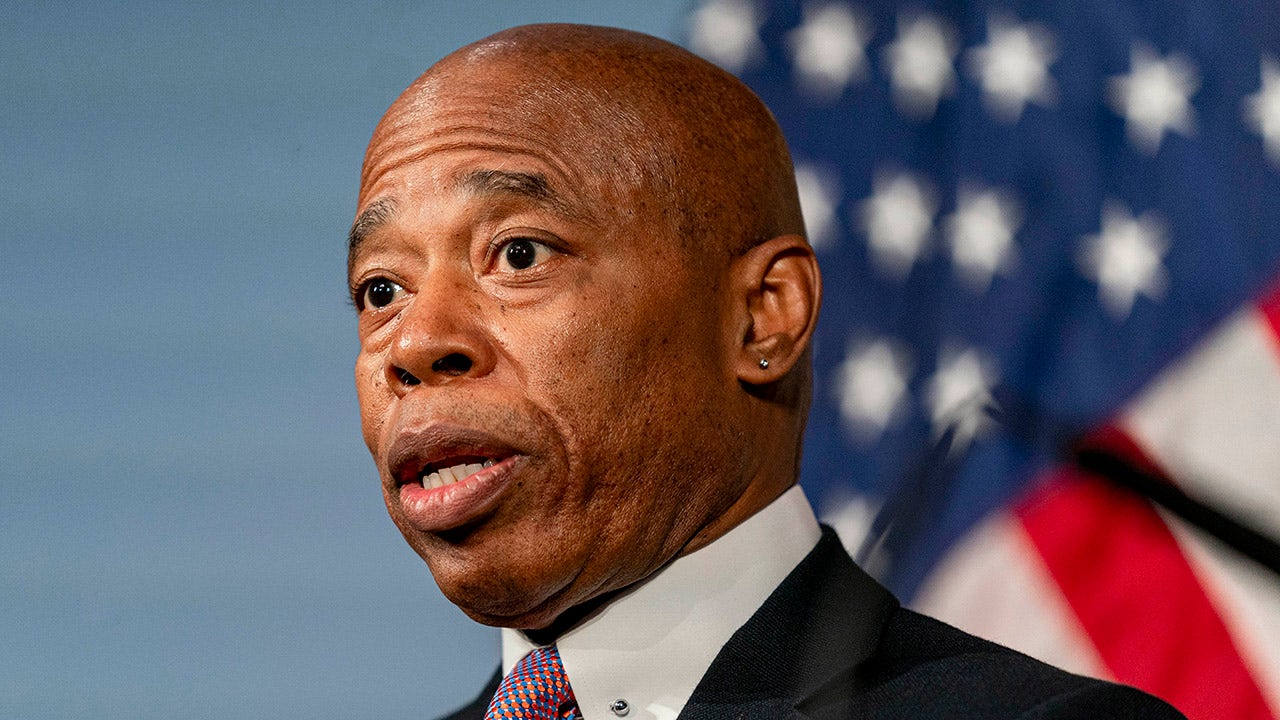If last week’s process of selecting jurors was a kind of prologue to the criminal trial of Donald Trump, today marked the robust beginning of the first act, complete with introduction of the plot and foreshadowing of future drama.
The government’s first witness, David Pecker, the former publisher of The National Enquirer, had laid out the basics of his résumé and his style of “checkbook journalism” in about 30 minutes of testimony yesterday.
But today was a longer, more in-depth session, running about two and a half hours. Pecker set the stage for future testimony by other witnesses and plunged into a crucial element in the state’s case: that Trump worked with allies like Pecker on “catch-and-kill,” shorthand for buying and then burying potentially unflattering stories.
It was a fascinating dive, including Pecker’s narrative of agreeing during a meeting at Trump Tower in August 2015 — not long after Trump had descended his building’s golden escalator and launched his presidential campaign — to be the “eyes and ears” of the Trump campaign, keeping a lookout for rumors in what he called “the marketplace,” where salacious tales are bought and sold.
Pecker’s main contact in many of these dealings was Michael Cohen, Trump’s former lawyer and fixer, who is now expected to be a key witness against him.
In particular, Pecker said that he was to alert Cohen for stories involving women in Trump’s life, noting that the then-candidate was “well known as the most eligible bachelor” who “dated the most beautiful women.”
“I was the person who thought there would be a lot of women to come out to sell their stories,” Pecker said.
Pecker said that his arrangement with Trump also extended to writing negative stories about Republican opponents, including suggesting that Senator Ted Cruz was unfaithful to his wife and that Ben Carson had committed malpractice by leaving a sponge in a patient’s brain.
Pecker called the arrangement mutually beneficial, with Trump feeding him scoops about his show “The Apprentice” and driving reader interest: Trump was “a tremendous help” for his publications. “We followed him religiously,” he said.
Pecker’s testimony is apparently aimed at establishing Trump’s pattern of buying up unsavory stories, in line with the $130,000 payment Cohen made to Stormy Daniels, a porn star, in the weeks before the 2016 election. That payment, for which Cohen was later reimbursed, lies at the heart of the charges of falsification of business records that Trump faces. Trump denies the encounter with Daniels and the charges, calling them politically motivated.
Pecker also gave an example in which The National Enquirer paid off a doorman who previously worked at a Trump building, Dino Sajudin, who was looking to sell a story about an illegitimate child Trump was rumored to have fathered. The story turned out to be unfounded, but Pecker’s company, AMI, still paid $30,000 to shut it down.
And, in a potentially telling detail, after Trump won election in November 2016, a lawyer for Pecker’s company wrote the doorman and said he was free to shop the story — a detail supported by an email the prosecution introduced this afternoon.
Prosecutors also began to unspool the story of the Playboy model Karen McDougal, who said she had an affair with Trump, something he denies. In June 2016, Pecker sent his editor Dylan Howard to Los Angeles to interview McDougal to find out “what the details are.” Cohen repeatedly called Pecker, apparently worried about what McDougal intended to do, Pecker said.
“It looked like he was getting a lot of pressure to get the answer right away,” he said.
Trump has seemed largely unfazed: He listened to some legal proceedings today with his eyes closed, though his body language changed when Pecker started spilling details about the McDougal catch-and-kill deal. He began to move his head, squint and cross his arms over his chest.
And after leaving court, Trump vented — as he has before — that the trial is keeping him off the campaign trail, while President Biden is free to hold events across the country.
“This is all Biden,” the presumptive Republican nominee said, adding, “He’s out campaigning and I’m here in a courtroom, sitting up as straight as I can all day long.”
Trump’s grievances extend to a gag order, which forbids him from attacking prosecutors, jurors, witnesses and court staff, as well as their relatives and relatives of the judge in the case, Juan Merchan. This morning, prosecutors laid out 11 instances of what they saw as Trump violating that order, as recently as yesterday afternoon, when he spoke about Cohen in a statement he made in the hallway after court.
The judge did not immediately rule on those violations, though that decision is likely to land soon. And indications are that he will not favor the defense’s arguments that Trump is merely defending himself from political attacks.
In a memorable, and unpleasant, moment for the defense, Merchan told Todd Blanche, Trump’s lead attorney, that he was “losing all credibility with the court.”
With only a week or so in the books, and many weeks — and twists — yet to come, such an assertion cannot have been good news for Trump’s legal team.
Here’s the team we have reporting on the trial. During the proceedings, we’ll be sending you updates more frequently, including breaking news alerts and our weekly analysis on Thursdays.
Your questions
We’re asking readers what they’d like to know about the Trump cases: the charges, the procedure, the important players or anything else. You can send us your question by filling out this form.
How many reporters fit in the overflow room? Are they permitted to live-tweet, text or email from the courtroom or only the overflow room? Are any members of the public in attendance in either room? — Sonia Jacobsen, Seattle, Washington
Jesse: The media overflow room — a courtroom down the hall from the 15th-floor courtroom where Trump is being tried — sits about 150 people. During most of the trial days, it has been packed, particularly during jury selection when most of the seats in the actual courtroom were filled by prospective jurors. Since testimony began on Monday, that crush has been alleviated. About 50 news organizations have designated seats in courtroom. Posting on social media and texting is allowed in the overflow, but not in the courtroom. Photography, phone calls or recording are all strictly forbidden in both rooms. The public is also welcome, and people have been showing up to watch the trial, though space in the actual courtroom is limited.
What else to watch
Where does each criminal case stand?
Trump is at the center of at least four separate criminal investigations, at both the state and federal levels, into matters related to his business and political careers. Here is where each case stands.






